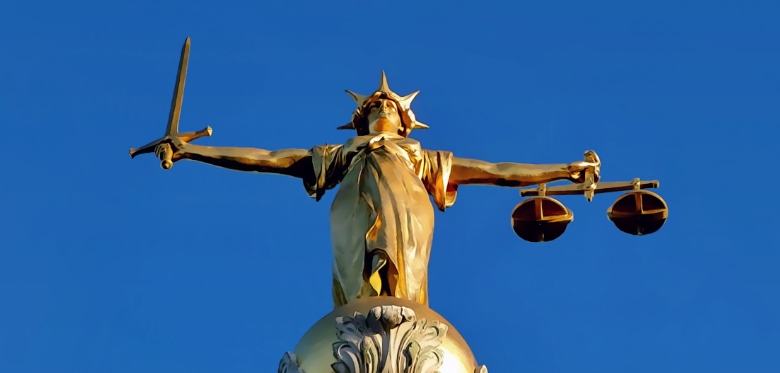In order to secure a criminal conviction it is for the prosecution to prove their case. To do so they rely on evidence gathered by the police. This evidence can come in various forms. It can include, for example, eye witness testimony, the confession of an accused, mobile phone evidence, medical evidence and forensic evidence.
One form of evidence that has been increasingly relied upon over the past few years is CCTV footage. The quality and availability of CCTV footage is greater than ever before as technology changes and coverage improves. CCTV can be vital in a case as it has the ability to answer two questions: (a) what was done and (b) who did it, often when there is no eye witness evidence available.
In relation to the second question of “who did it”, this is an issue of identification. The procedures for an identification are covered by Code D of the Police and Criminal Evidence Act 1984. These procedures are in place to ensure fairness. If they are not complied with, then the identification evidence can be challenged. If challenged successfully, where there is no or limited other evidence, this can mean the end of the case.
Recent case
My client was charged with a s.20 GBH (grievous bodily harm – a serious assault). If convicted he was at risk of receiving a lengthy custodial sentence.
The incident took place outside a public house. The police had spoken to people who had been in the public house just before the incident. Nobody was willing to provide a formal statement but apparently someone provided the police with a name ‘off the record’. This just happened to be my client’s name. The police reviewed the CCTV footage. The incident had been captured on CCTV but it was unclear who the offender was.
The police made enquiries and located a picture of my client. A police officer then conducted his own identification procedure by comparing the picture with the male on the CCTV and as a result, charged my client with an assault.
Once instructed I conducted a full review of the file. It was identified that the police had not complied with Code D of the Police and Criminal Evidence Act 1984. A legal argument was lodged in court, but before the hearing could take place, the prosecution accepted the concerns with the identification evidence and offered no evidence in the case.
This case shows the difference that expert legal advice can make.
Our criminal defence department have a combined 200 years of experience of representing people facing similar allegations. If you do require our assistance please do not hesitate to contact someone from the department on 0161 696 6188 or complete an enquiry form.




Comments